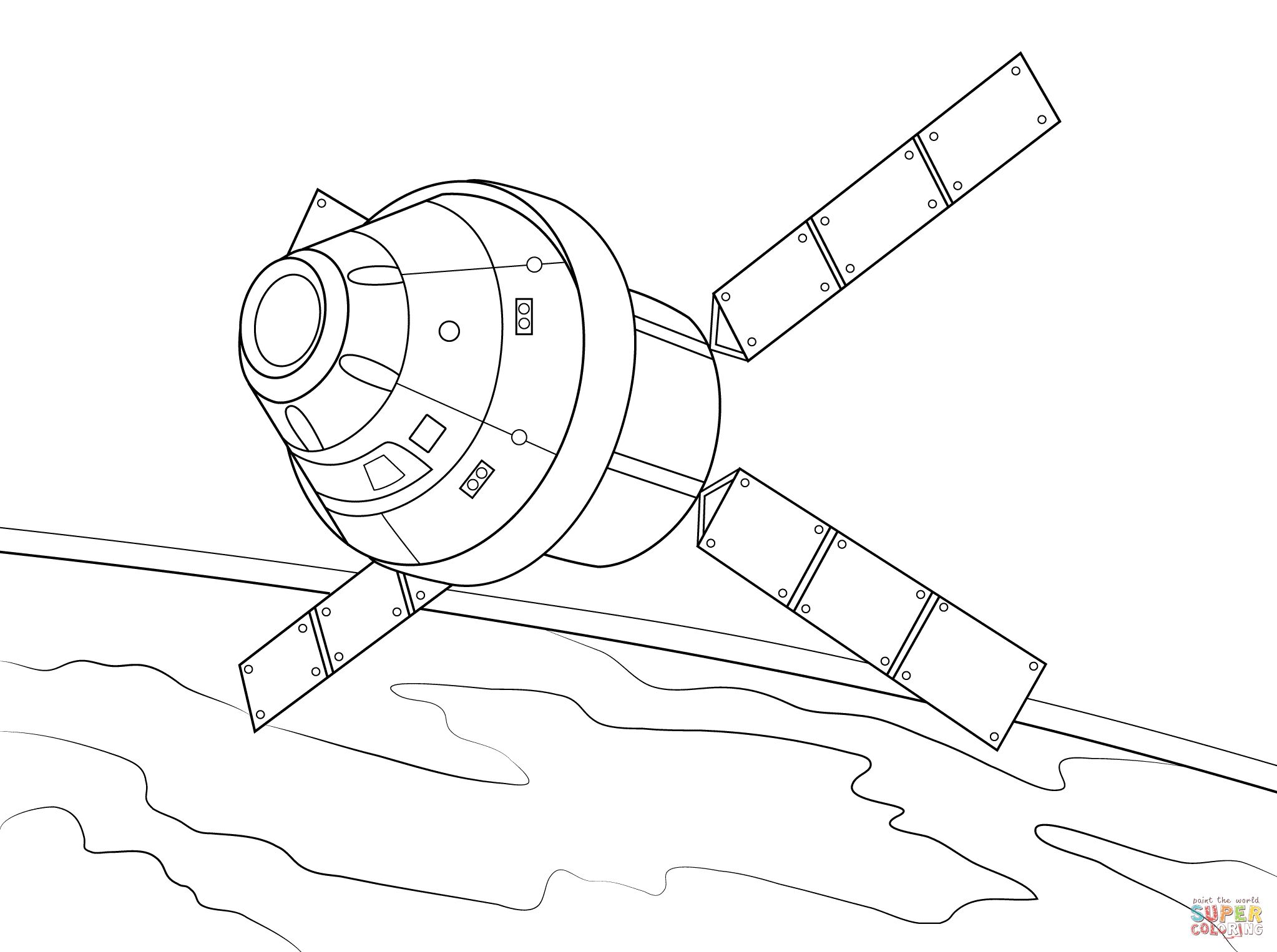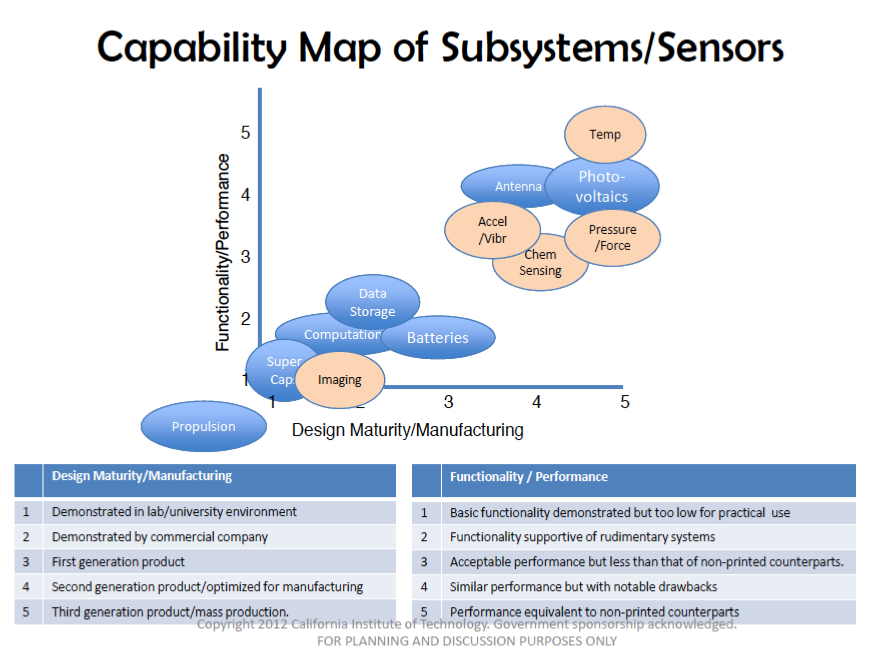Printable Spacecraft Flexible Electronic Platforms For Nasa Missions Printed electronics technology offers enormous potential to transform the way NASA builds spacecraft A printed spacecraft s low mass volume and cost offer dramatic potential impacts to many missions Network missions could increase from a few discrete measurements to tens of thousands of platforms improving areal density and system
In Phase 1 of our NIAC task entitled Printable Spacecraft we investigated the viability of printed electronics technologies for creating multi functional spacecraft platforms We also explored mission concepts and architectures that This study fuses several existing technologies to enable printable spacecraft including printable batteries electronics and sensors Atmospheric confetti Inchworm crawlers Blankets of ground penetrating radar These are some of the unique mission concepts which are enabled by a printable spacecraft
Printable Spacecraft Flexible Electronic Platforms For Nasa Missions
 Printable Spacecraft Flexible Electronic Platforms For Nasa Missions
Printable Spacecraft Flexible Electronic Platforms For Nasa Missions
https://www.supercoloring.com/sites/default/files/styles/coloring_full/public/cif/2020/09/buran-spacecraft-coloring-page.png
Office of the Chief Technologist OCT NIAC
Templates are pre-designed files or files that can be utilized for different purposes. They can save effort and time by providing a ready-made format and layout for developing different type of material. Templates can be utilized for personal or professional projects, such as resumes, invites, leaflets, newsletters, reports, discussions, and more.
Printable Spacecraft Flexible Electronic Platforms For Nasa Missions

Spacecraft Coloring Pages At GetColorings Free Printable

Printable Spacecraft Flexible Electronic Platforms For NASA Missions

Tech Trends 2020 New Spacecraft And Bendy Screens BBC News Spacex

Printable Spacecraft Flexible Electronic Platforms For NASA Missions

SABRE Platform NASA WB 57 Payload

ESA Robust Attitude Guidance And Control For Flexible Spacecraft

https://ntrs.nasa.gov/api/citations/20160009486/downloads/20160009486.pdf
Some of the unique mission concepts which could be enabled by a printable spacecraft Printed electronics technology offers enormous potential to transform the way NASA builds spacecraft A printed spacecraft s low mass volume and cost offer dramatic potential impacts to many missions

https://ntrs.nasa.gov/citations/20190001174
In Phase One of the NIAC task entitled Printable Spacecraft we investigated the viability of printed electronics technologies for creating multi functional spacecraft platforms Mission concepts and architectures that could be enhanced or enabled with this technology were explored

https://ntrs.nasa.gov/archive/nasa/casi.ntrs.nasa.gov/20160009486.pdf
Phase One of the NIAC task entitled Printable Spacecraft investigated the viability of printed electronics technologies for creating multi functional spacecraft platforms Mission concepts and architectures that could be enhanced

https://catalog.data.gov/dataset/printable
Is it possible to print a spacecraft on a sheet of paper This study fuses several existing technologies to enable printable spacecraft including printable batteries electronics and sensors Atmospheric confetti Inchworm crawlers Blankets of ground penetrating radar

https://www.nasa.gov/sites/default/files/files/
Phase One of the NIAC task entitled Printable Spacecraft we investigated the viability of printed electronics technologies for creating multi functional spacecraft platforms Mission concepts and architectures that could be enhanced
This study will explore the concept of designing and fabricating a spacecraft based entirely on flexible substrate printed electronics The study will consider mission requirements manufacturing compatibility and advanced technology from both industry and academia Environmental survivability unique sensors and mission implementation will be NASA s challenge In Phase 1 of our NIAC task entitled Printable Spacecraft we investigated the viability of printed electronics technologies for creating multi functional spacecraft platforms
NASA